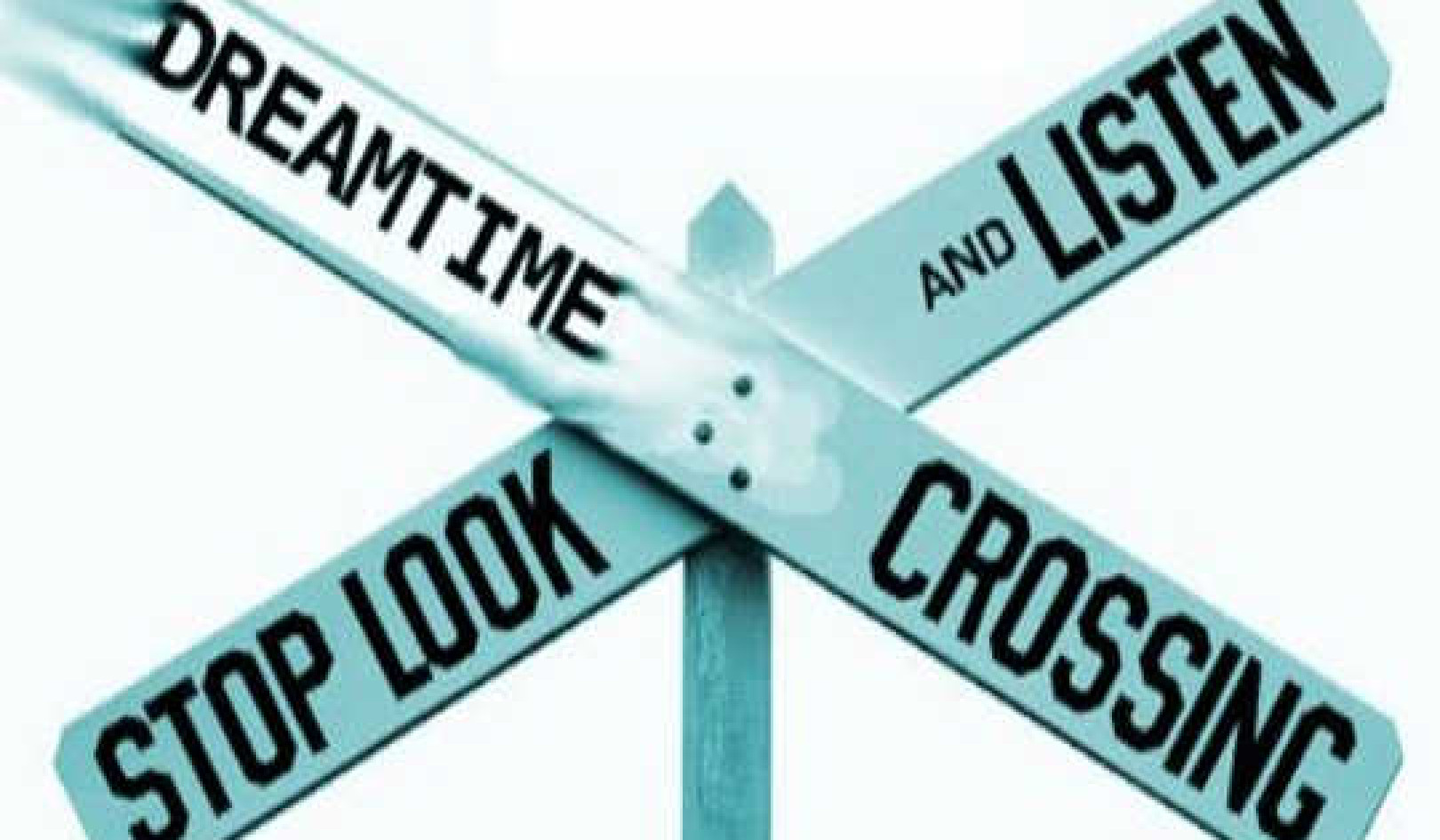
Photo credit: Mary S. Corning, author
One of the most interesting aspects of visiting with people about conflicts, challenges, or simply life situations is when I hear (for example) the phrase “Well, part of me feels like I should stay and part of me feels like I should go.“ To me this is always a good sign of the person’s recognition of their deeper sense of awareness.
The world and all its demands cast veils over our authentic ideals. Stressors in life can create so much pressure on the unsuspecting victim that it can (seem to) change who we are. It is not uncommon that someone can live an entire lifetime thinking that they are doing what is “right” and yet, at the end of their life, they feel hollow and empty because what they did was not authentic.
The good news about having duality in our perspective is that, at the very least, we have options. We have retained our gift of choice. When we don’t recognize both elements of our perception, it is a safe bet that fear has placed its veil over our heart. When this happens it becomes very hard to differentiate between what is our truth and what is our fear.
Counterpoints
Think about it like this. One aspect of how we live our life comes from our identity. This aspect is where we
- Pull from our past experiences, as well as our reactions to those experiences
- Utilize cultural opinions and ideals—such as peer pressure, family influence, and community standards
- Draw from our psychological traits (things that we learned as children), rules and regulations, right and wrong, guilt and shame as well as approval seeking and psychological survival
- Feel obligated and learn criticism
- Focus on ideas of separation and individuality.
The next aspect of how we live our lives comes from what I call “Heart”. This element runs much deeper and often exists behind the identity. This element contains within it
- Our deeper calling or higher purpose
- Our passion and inspiration.
- Empathy and compassion
- Dedication
- Unity and connection
- Faith and trust.
Differentiating The Tool From The Builder
Living an authentic and transparent life means that rather than seeing our identity as our “being”, we utilize it as a tool to serve our well-being. In this way it has a purpose for the greater good.
The mind and the body have strong survival instincts. The reactive identity feels powerful, especially when it is fearful and defensive. It is easy to confuse the force of the identity with who we are. It feels very much alive.
I describe this common misconception and its dysfunction like having a hammer as a favorite tool. But rather than using it to build a house (or our life) we hit ourselves in the head with it. Then we get mad at the hammer.
We have to realize that at the heart of who we are, buried behind the identity is the gifted architect of our life. We first must recognize the difference between the tool and the builder.
This begins the powerful process of transformation that living an authentic and transparent life can offer us. We find that our identity and all of our experiences can serve us rather than sacrifice us. We find that who we are is not what we do or even what we think.
I originally learned of this subtle difference through my love of horses. If a horse’s behavior is ineffective—such as bucking, kicking or biting, I do not judge the horse for being good or bad or right or wrong. I simply see the behaviors as effective or ineffective. Realizing that behavior can be altered, without adding negative emotional judgment to it, is a shift that can bring us back to our original state of well-being. This simple shift of perspective can completely change our world from the inside out.
Knowing who we are and having the willingness to live our life from heart is the first vital step in turning
- Pain into purpose
- Fear into curiosity
- Conflict into confidence
We can only experience this level of alchemy when we loosen the grip of our historical fear and psychological identity. When we do this we find we do not need fear for discernment. We can let go of the negative judgment that weighs our life down. And we can have a healthy perspective, rather than an unconscious dependency on our survival responses.
This is perfect practice. This is living an authentic and transparent life. And this is how we can shift our perspective and change our world.
Three Steps To Freedom
The steps to remember in this transformation are:
- Recognize when you have two opposing opinions in your mind.
- Recognize which thought is coming from heart and which is coming from the identity. The key here is the identity often states fear.
- Allow the identity to offer simple information but do not attach an emotional response to it.
Example
Let’s use the example that I lose my job. The two statements I may hear are “Well I never liked that job anyway” or, on the other hand, “We’re going to starve and lose everything”.
I can recognize that the dialogue is pointing me to two different elements. I can see that my heart might be pointing out that it was time for a change though my fear would not allow me to trust in the change. I can have compassion and empathy for that. And perhaps the action steps that the identity (or fearful thoughts) was pointing to are, that I can recognize there may be a shift in income. And it may require making adjustments, at least temporarily.
I can gain some valuable insight from these voices when I don’t confuse the voices with who I am. I don’t have to judge them, but I can translate them for a greater purpose.
Drawing Wisdom From The Experience
The important concept to keep in mind is to not allow the judgmental responses to make the final decisions. I won’t let fear run my life or decide on the outcome of my changing life situations. I can draw the wisdom from the experience. I can let the identity point at action items. I let my heart settle my weary mind.
As I practice this shift it is a natural progression to allow the best of my nature to feel and express compassion, empathy, patience and faith. From this deeper level of myself, I can touch the spiritual traits of forgiveness and acceptance, and from that depth make good and powerful decisions.
This is how we blend the mind with the heart and expand our resourcefulness.
To be in this world, but not of it, is Perfect Practice. This practice leads to a new world where opportunity overrides challenge, and love comforts the fearful mind.
©2019 by Mary S. Corning. All Rights Reserved.
Publisher: Circle Around Publishing.
Article Source
Perfect Practice: A Philosophy for Living an Authentic and Transparent Life
by Mary S. Corning
 This book is meant as a seed. Its message offers inspiration for living an authentic and transparent life. As a resource for life, it unites what is seen as separate and heals what is wounded. Readers will learn how to transform: * Pain into purpose * Conflict into confidence * Fear into curiosity. These are the shifts we can make to build a better life and a better world in which to live.
This book is meant as a seed. Its message offers inspiration for living an authentic and transparent life. As a resource for life, it unites what is seen as separate and heals what is wounded. Readers will learn how to transform: * Pain into purpose * Conflict into confidence * Fear into curiosity. These are the shifts we can make to build a better life and a better world in which to live.
(Also available as a Kindle edition.)
About the Author
 Mary S. Corning changes lives by defining the transformative power of pain. As a mentor, speaker, consultant, and writer, she clearly and compassionately models this process through her messages and stories. Mary extends her philosophy into the world of horses, where both people and horses benefit from realizing a different way to interpret challenge. www.maryscorning.com
Mary S. Corning changes lives by defining the transformative power of pain. As a mentor, speaker, consultant, and writer, she clearly and compassionately models this process through her messages and stories. Mary extends her philosophy into the world of horses, where both people and horses benefit from realizing a different way to interpret challenge. www.maryscorning.com



























